Hiddensee, the car-free island in the German Baltic Sea, is just a three-and-a-half hour (public) train (or 2:50 hours by express train) journey and a 90-minute ferry ride away from Berlin, making it the ideal little weekend getaway from Germany’s 3.6 million capital. It offers the perfect opportunity to detox, slow down, and explore its beaches, heathlands, and cliff coasts. Allow me to introduce you to beautiful Hiddensee.
Hiddensee is the neighbouring island of Rügen in Northern Germany. The island is 17km (10.6 mi) long and is only around 250m (820 ft) wide at its narrowest point. Approximately 1,000 residents live in the four districts of the island: Kloster, Grieben, Vitte, and Neuendorf. Apart from Grieben, each district has its own ferry stop from where you can start your expedition. Within these four locations, you can find a few stores, restaurants, and supermarkets; while in between the small towns, you will be enveloped by nature.
One special fact about Hiddensee is its prohibition on cars. There is public transport, a horse carriage or plenty of bicycle rental shops available if you wish to traverse the island.
Between heathlands, beaches, and cliff coasts
The charm of Hiddensee lies in its wide beaches, colourful heathlands (especially during the summer months), cliff coasts, lighthouses (a larger one in the North and a smaller one in the South), and endless views – Northern Germany’s flat terrain is ideal for bicycle tours. During our bike tour, we found some cute umanned stalls selling art and homemade products such as marmalade. These stalls operate on an honor system, with an unattended cash register relying on trust.
The tree parts of Hiddensee
The island is divided into three parts. In the northern part, you will find the cliff coast up to 60m (197 ft) high, crowned by the landmark lighthouse Dornbusch, named after the area. Situated in the heart of Hiddensee is the lowland featuring expansive sandy beaches and dune heath. The heathlands cover an area of up to 75 hectares (185 acres) and have been a protected area since 1964. This area blooms beautifully in August and September, and making it therefore the best time to visit. The third and lowest point of the island is inaccessible to visitors as it serves as a protected area for birds.
How to reach Hiddensee
The ferry to Hiddensee departs from four different harbours. Coming from the south, the easiest option is to take the ferry from Stralsund, which operates year-round. However, ferries also depart from Dranske, Wiek, and Schaprode on Hiddensee’s neighbouring island Rügen but only during the season.
For those coming from Berlin, you can take a direct train( RE3) to Stralsund, which takes approximately 3 hours 15 minutes, then catch a ferry from the harbour, adding another 1.5 hours to reach Neuendorf.
Hiddensee has three different harbours: Kloster in the north, Vitte in the middle, and Neuendorf in the south.
An extra tip for travellers with the Germany-Ticket: you can utilize the ferry from Schaprode (Rügen) for only 4 € one-way (you only need to pay the reservation and curtax fee) by taking the Warnow-Fähre.
You have read the blog post Exploring Hiddensee: Beaches, Heathlands, and Cliff Coasts at the Baltic Sea on My Travel Journal-Blog.










































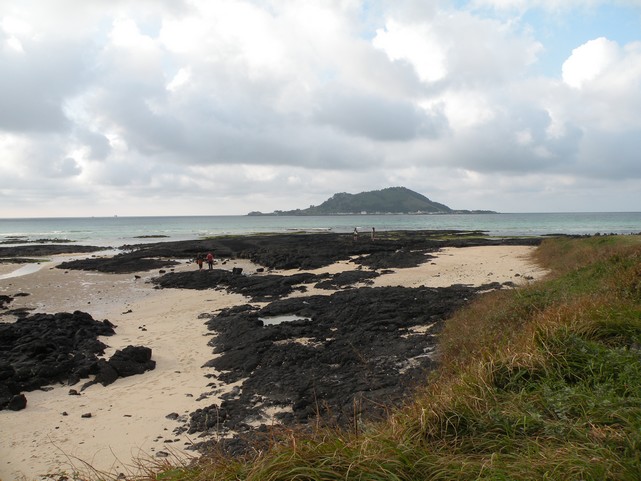



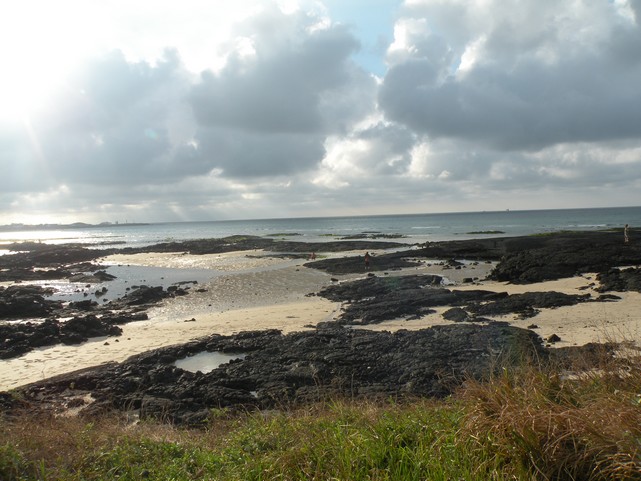





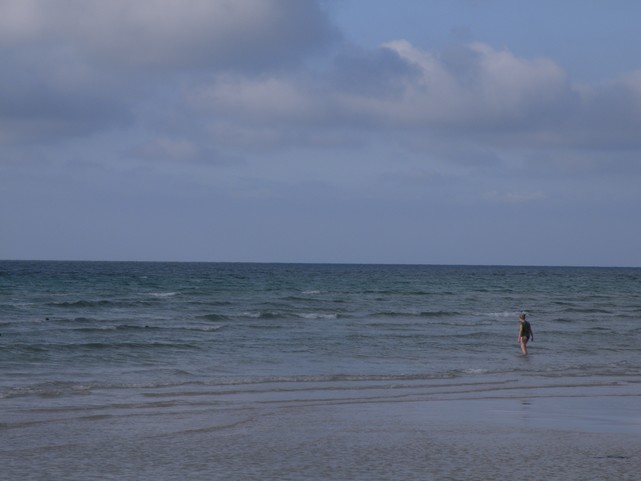


 includes several traditional houses. Visitors get the chance to feed small parrots, see beautiful peacocks and ostriches in the “Bird Garden”. Here some birds are also allowed to walk freely through the park. In the “Subtropical Garden” live different types of animals as turtles, snakes, and lizards. I liked that the birds had the chance to walk freely. But – and I don’t want to start a long and tiring discussion now- but I had the feeling that the terrariums in the “Subtropical Garden” were a bit too small for the animals. And I think that’s a pity because the gardens are really beautiful but, in my opinion, visitors can enjoy their visit so much more when they have the feeling that the animals feel well in the park (whereupon I also do not want to impute something).
includes several traditional houses. Visitors get the chance to feed small parrots, see beautiful peacocks and ostriches in the “Bird Garden”. Here some birds are also allowed to walk freely through the park. In the “Subtropical Garden” live different types of animals as turtles, snakes, and lizards. I liked that the birds had the chance to walk freely. But – and I don’t want to start a long and tiring discussion now- but I had the feeling that the terrariums in the “Subtropical Garden” were a bit too small for the animals. And I think that’s a pity because the gardens are really beautiful but, in my opinion, visitors can enjoy their visit so much more when they have the feeling that the animals feel well in the park (whereupon I also do not want to impute something).





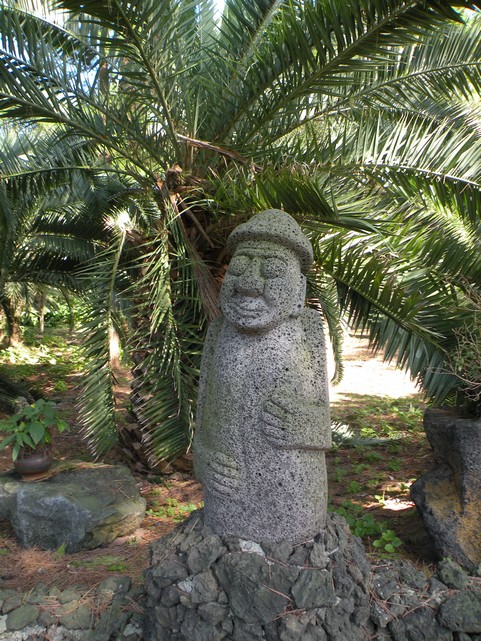





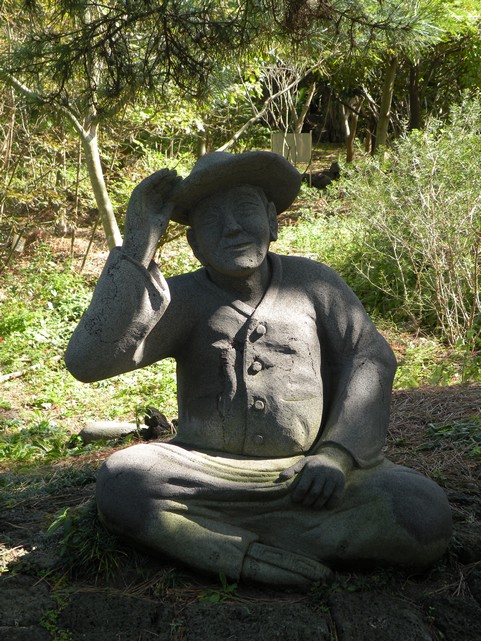













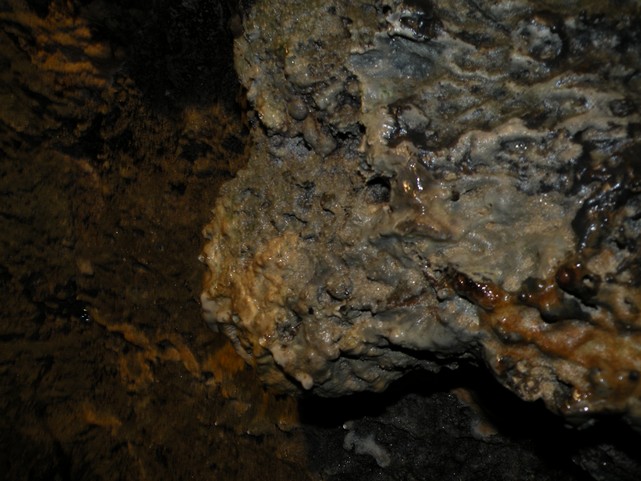

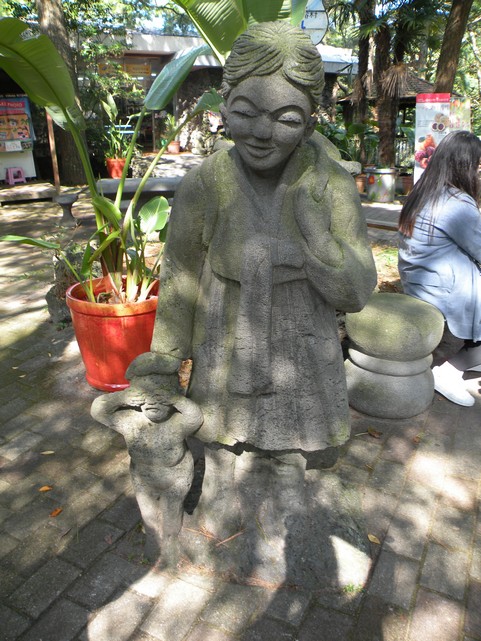



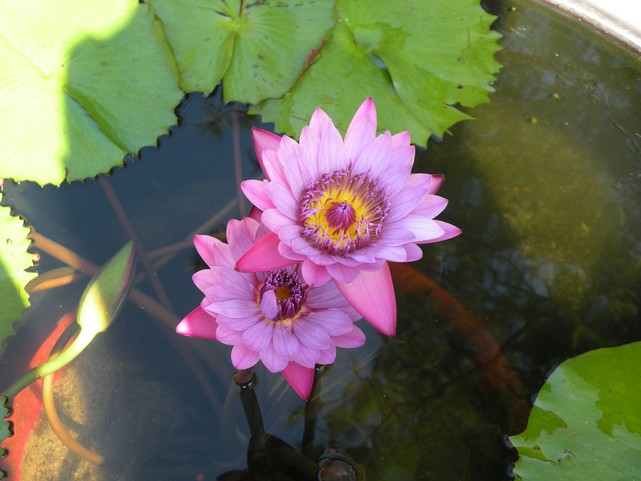

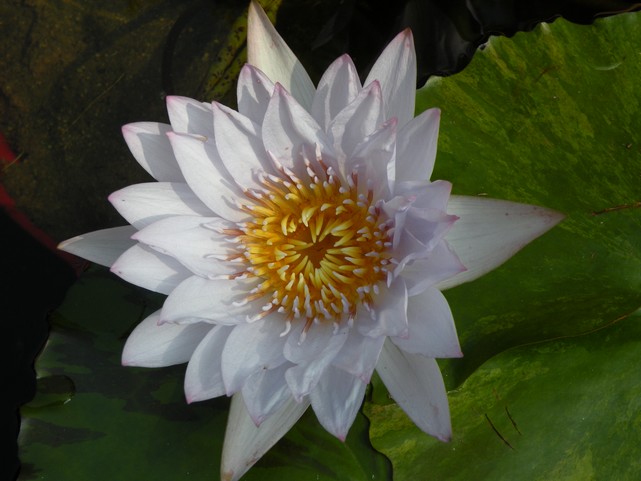



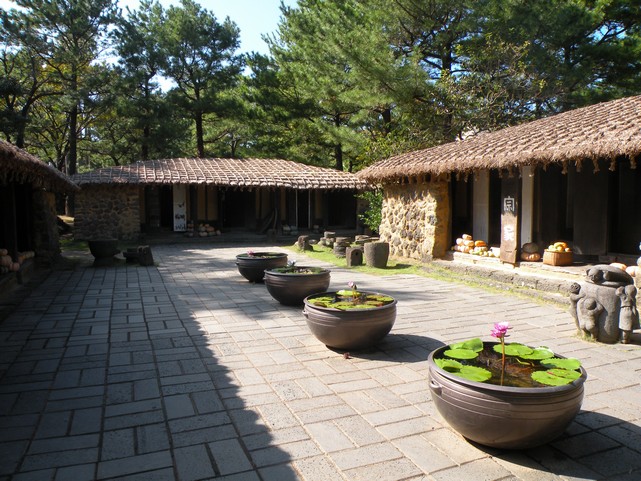



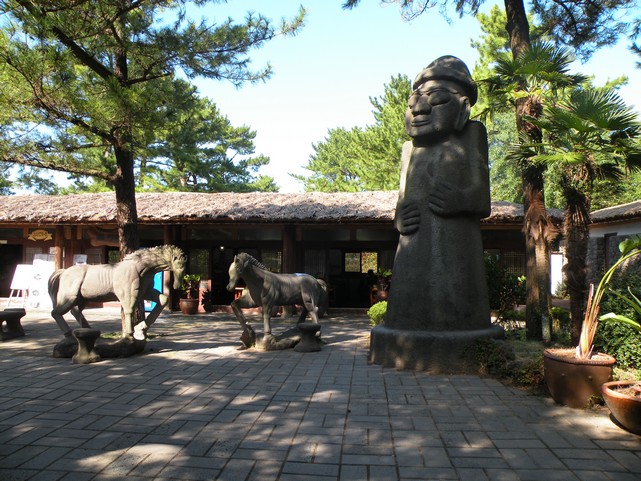

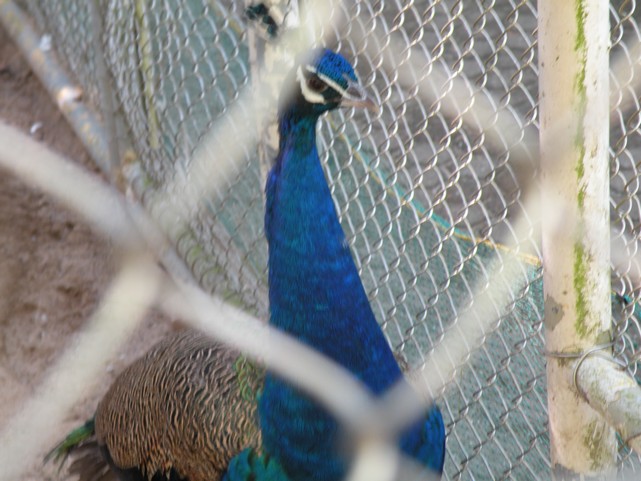





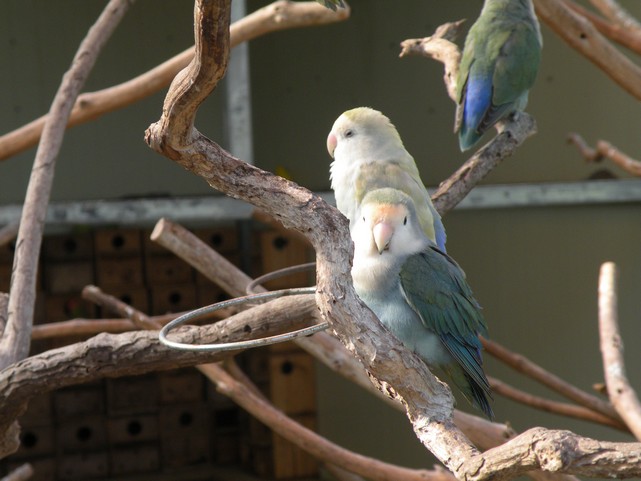

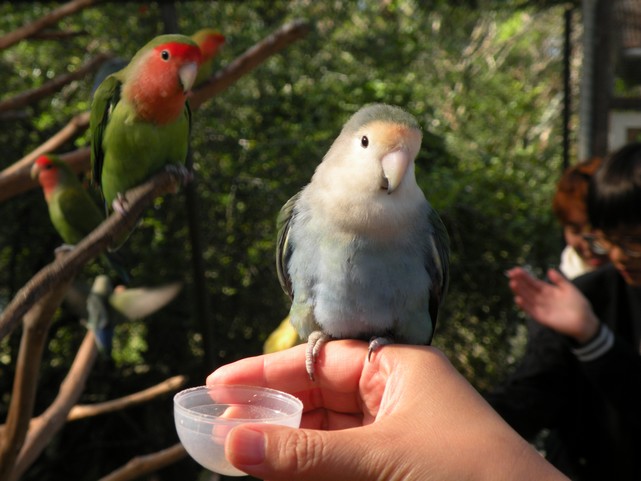

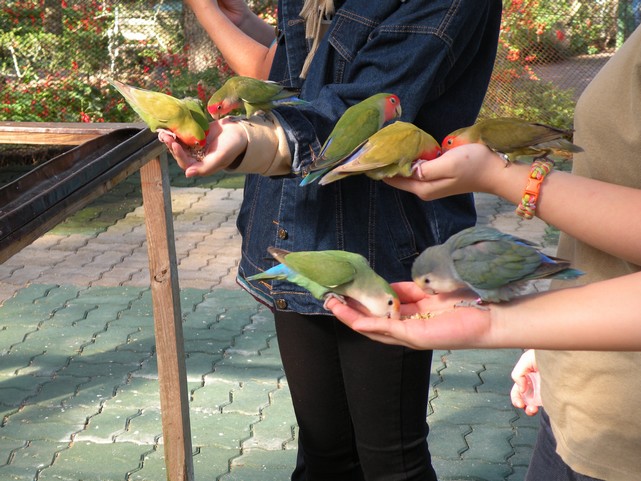

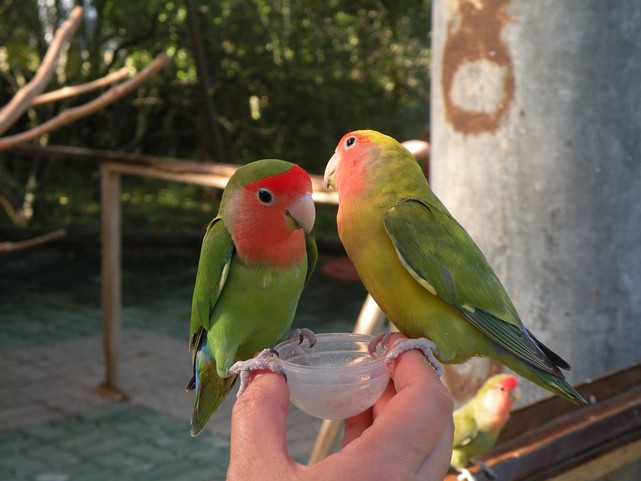

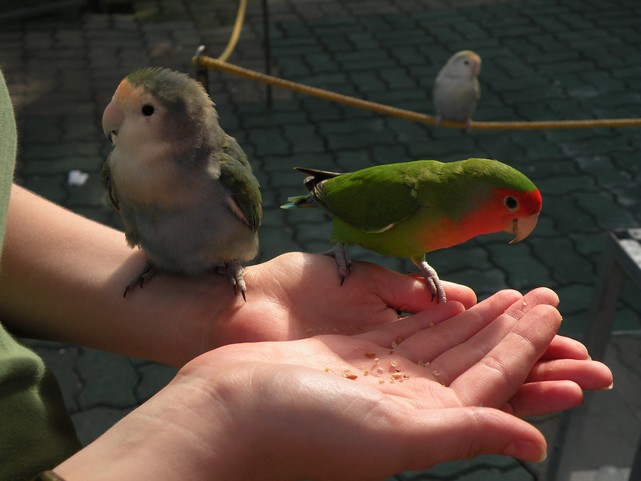





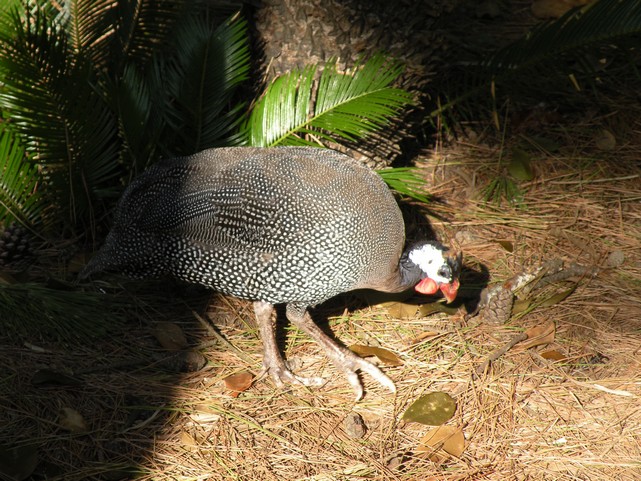







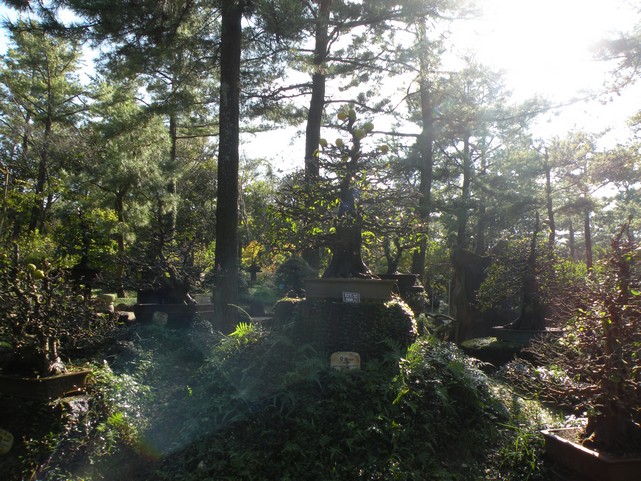





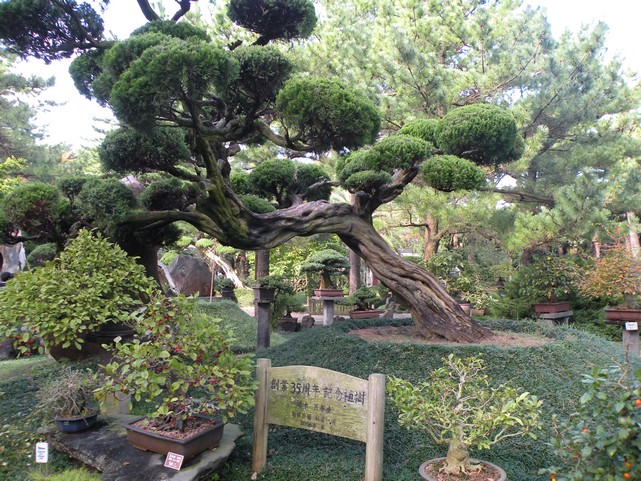

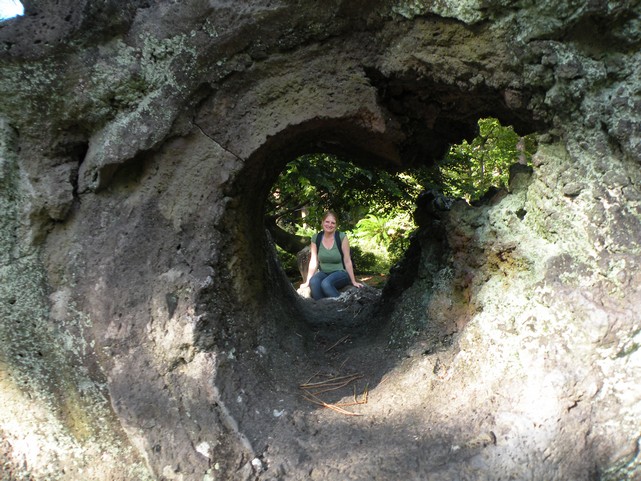



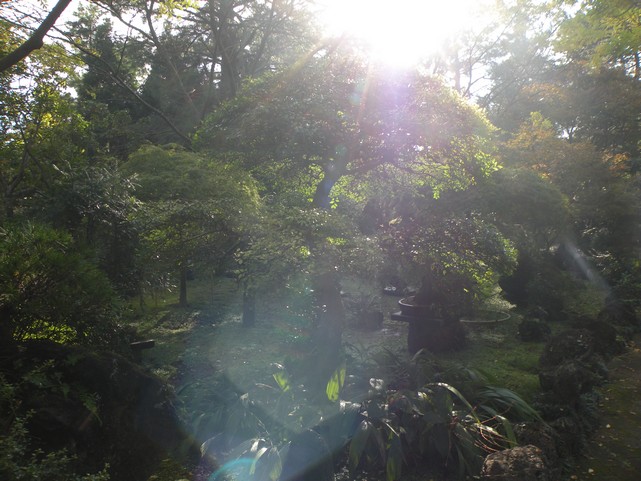







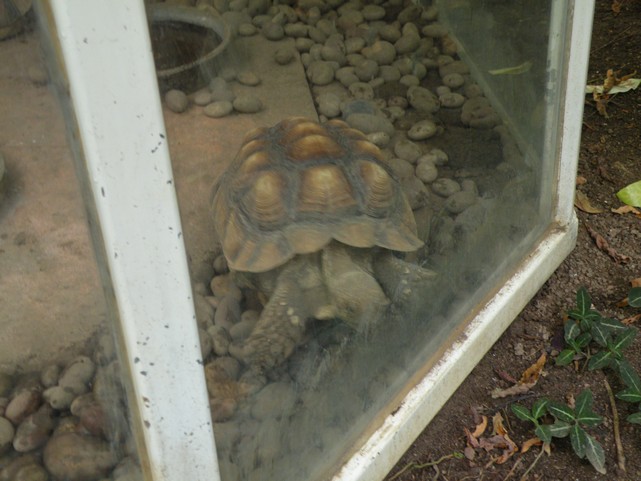

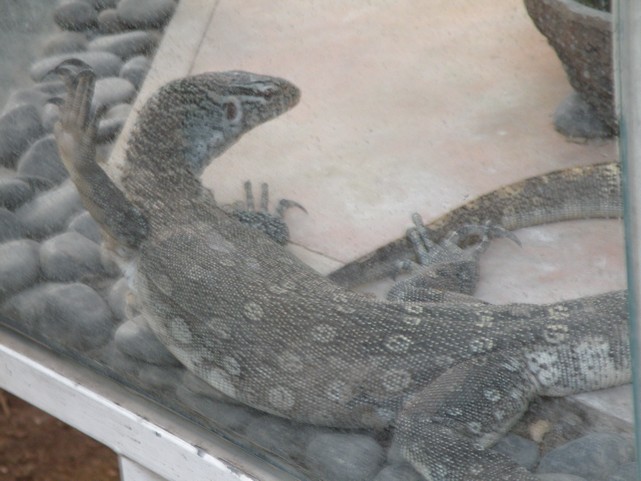







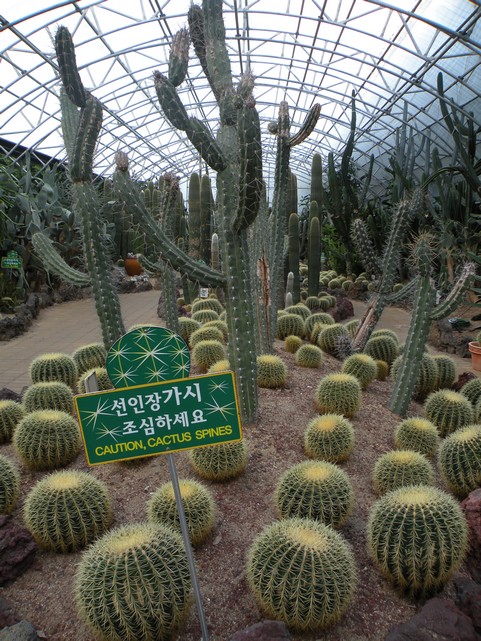





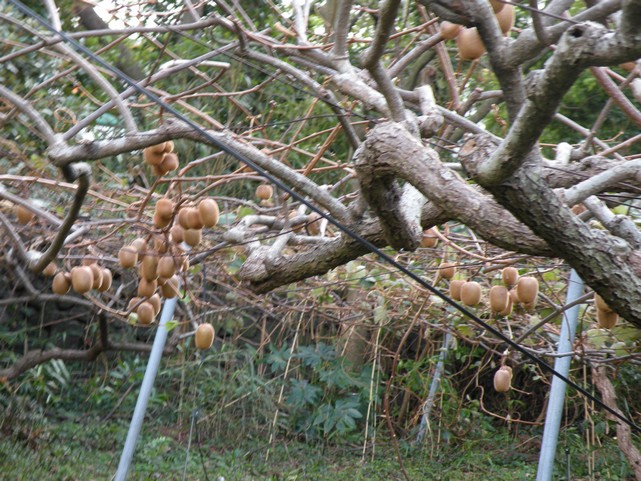









 were almost three hours in the park, I really underestimated the size of it. The entry fees were 10,000 Won ( ~9$). I would recommend the park, it was really beautiful and fun to see all the plants and animals. My highlights were feeding the small parrots, the avenue with the little Grandfathers at the beginning of the “Wild grass & Flower garden”, but also the “Bonsai Garden” with little trees which were several hundred years old, the “Palm Tree Avenue” and the little houses of the “Jae-Am Folk Village”.
were almost three hours in the park, I really underestimated the size of it. The entry fees were 10,000 Won ( ~9$). I would recommend the park, it was really beautiful and fun to see all the plants and animals. My highlights were feeding the small parrots, the avenue with the little Grandfathers at the beginning of the “Wild grass & Flower garden”, but also the “Bonsai Garden” with little trees which were several hundred years old, the “Palm Tree Avenue” and the little houses of the “Jae-Am Folk Village”. Beach on the Western part of Jeju. I don’t know how full the beach is in a high season since we were there in mid of October. There were still several people relaxing at the beach. The coast is around nine kilometres long, has beautiful white sand and lava rocks. The water is for a long time very shallow when you walk in. I think swimming is only allowed with a lifeguard in high season.
Beach on the Western part of Jeju. I don’t know how full the beach is in a high season since we were there in mid of October. There were still several people relaxing at the beach. The coast is around nine kilometres long, has beautiful white sand and lava rocks. The water is for a long time very shallow when you walk in. I think swimming is only allowed with a lifeguard in high season.